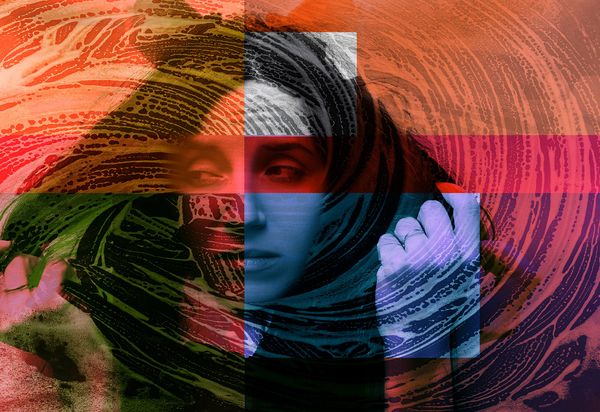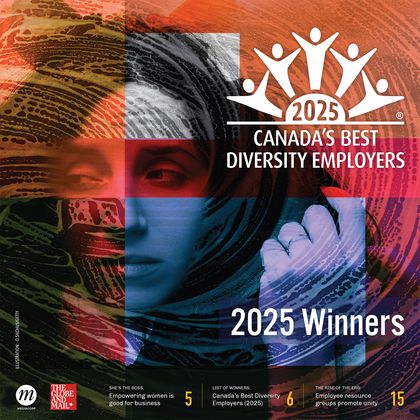

Meet the employers that lead the nation in raising the standards for inclusiveness in Canadian workplaces, creating a place at the table for everyone.
Published Feb. 25, 2025
About the competition
Now in its 18th year, Canada's Best Diversity Employers is an annual editorial competition that recognizes employers across Canada with exceptional workplace diversity and inclusiveness programs. Each year, the competition's editors evaluate organizations based on successful diversity initiatives across five key groups: women, members of visible minorities, persons with disabilities, Indigenous peoples, and lesbian, gay, bisexual, and transgender (LGBT) individuals. Winners are announced in a special magazine distributed in The Globe and Mail, featuring detailed reasons for selection to provide transparency and showcase best practices. Any employer with its head office or principal place of business in Canada, whether private or public sector, may apply to the competition. For more background on this year’s competition, read the press release issued on February 25, 2024.
